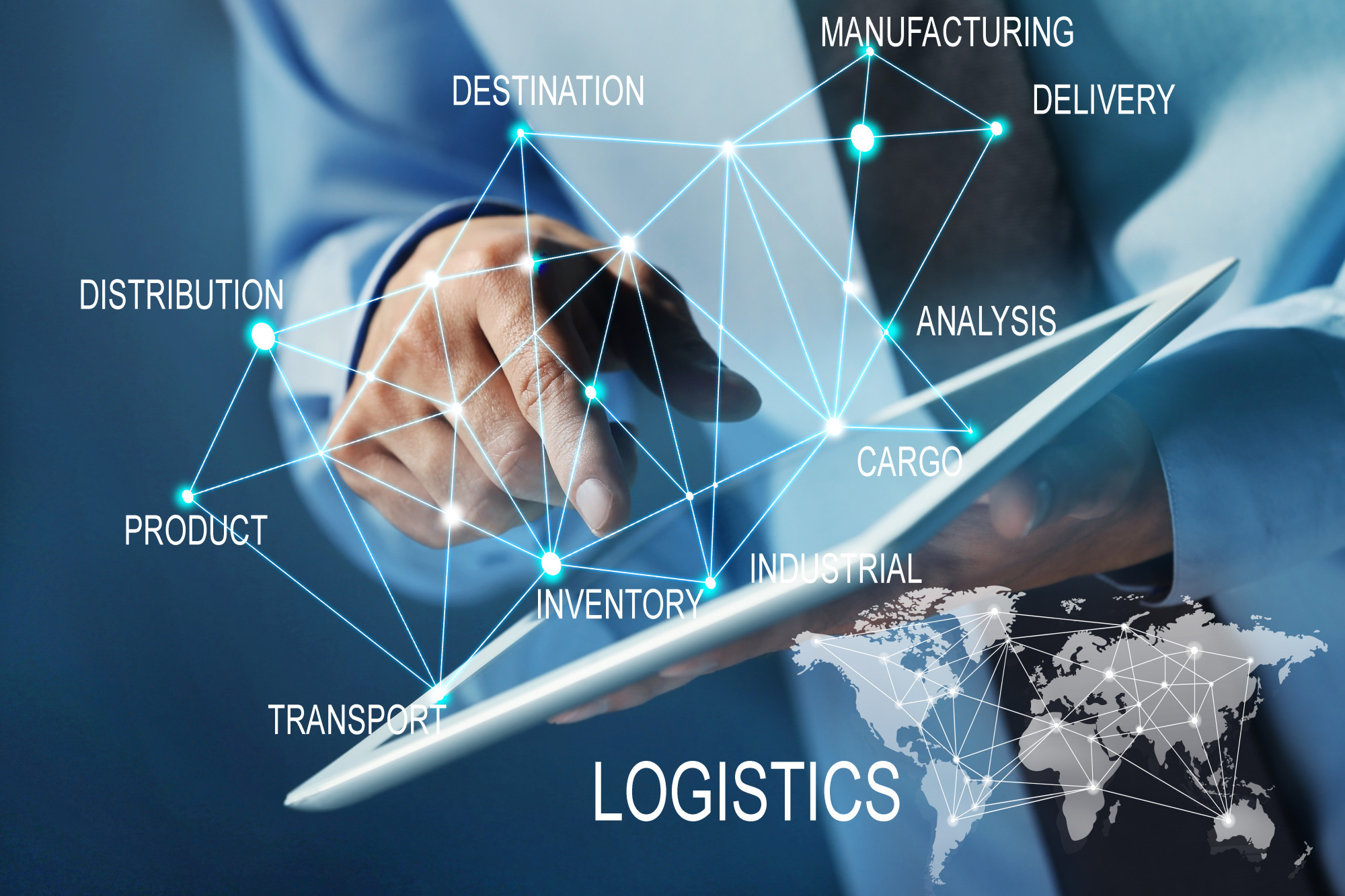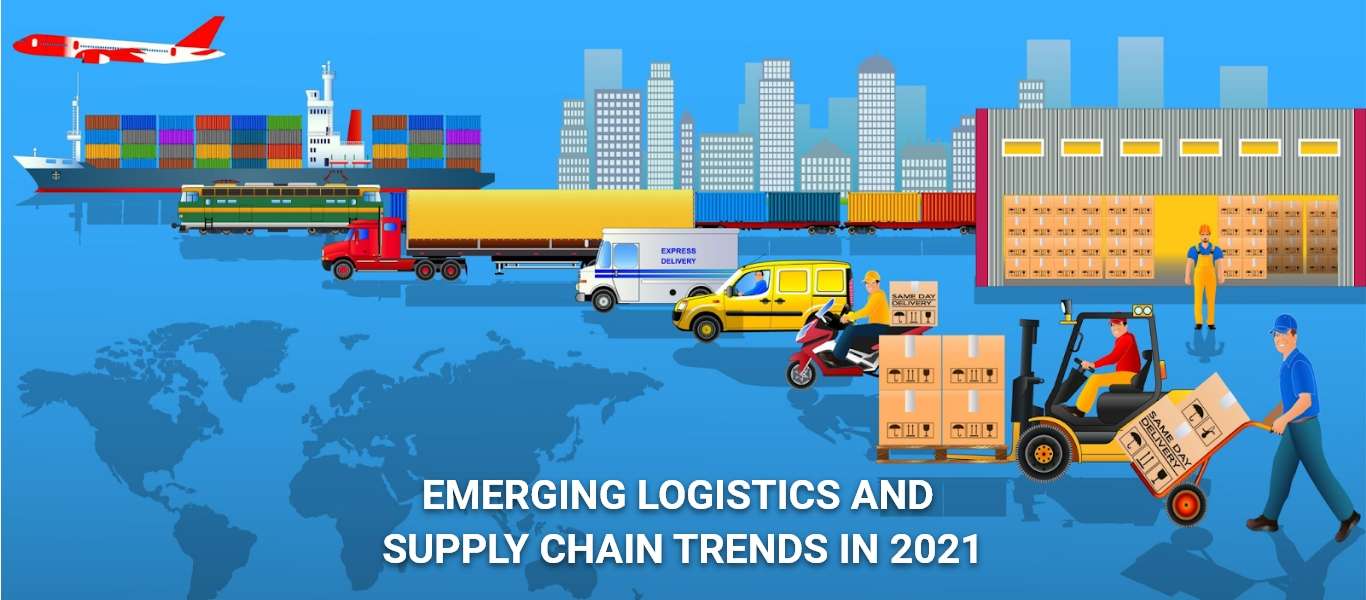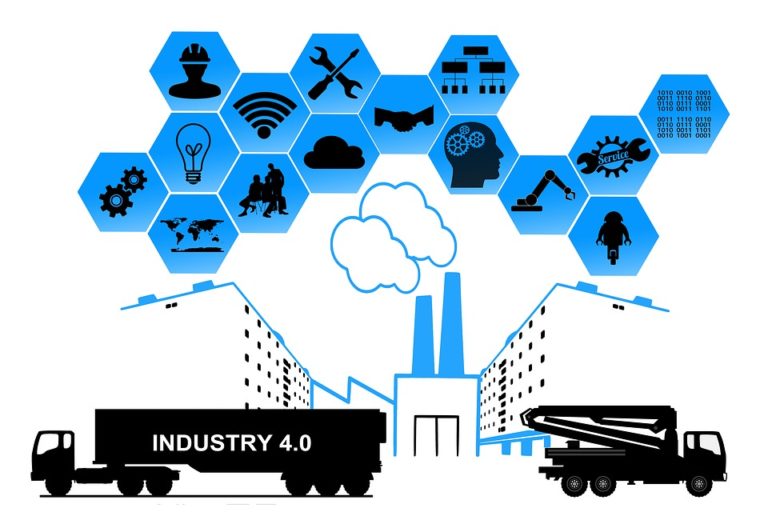The logistics industry is constantly evolving, thanks to technology. From efficient supply chain management to automated warehousing and transportation systems, technology is changing the way logistics companies operate. In this article, we will discuss the top logistics technology innovations you need to know about.
1. Internet of Things (IoT)
The IoT is a network of devices that are connected to the internet and can exchange data with each other. In logistics, IoT can be used to track shipments, monitor inventory levels, and optimize supply chain processes. IoT sensors can be placed on trucks, containers, and products, allowing logistics companies to track their location and condition in real-time. This helps to reduce the risk of delays, theft, and damage.
 Source: bing.com
Source: bing.com2. Big Data Analytics
Big data analytics is the process of analyzing large and complex data sets to uncover hidden patterns, correlations, and insights. In logistics, big data analytics can be used to optimize transportation routes, reduce fuel consumption, and improve delivery times. By collecting and analyzing data from various sources, logistics companies can make informed decisions and improve their operations.
 Source: bing.com
Source: bing.com3. Artificial Intelligence (AI)
AI is the simulation of human intelligence in machines that are programmed to think and learn like humans. In logistics, AI can be used to automate repetitive tasks, predict demand, and optimize inventory levels. By using AI-powered systems, logistics companies can reduce costs and improve efficiency.
 Source: bing.com
Source: bing.com4. Autonomous Vehicles
Autonomous vehicles, such as drones and self-driving trucks, are becoming increasingly popular in logistics. These vehicles can be used to transport goods without the need for human intervention. Autonomous vehicles are faster, more efficient, and safer than traditional vehicles, which can help to reduce transportation costs and improve delivery times.
 Source: bing.com
Source: bing.com5. Blockchain
Blockchain is a digital ledger that is used to record transactions securely and transparently. In logistics, blockchain can be used to track shipments, verify the authenticity of products, and reduce the risk of fraud. By using blockchain technology, logistics companies can improve supply chain visibility and reduce the time and cost of transactions.
 Source: bing.com
Source: bing.com6. Augmented Reality (AR)
AR is a technology that overlays digital information onto the real world. In logistics, AR can be used to improve warehouse efficiency and reduce errors. By using AR-powered systems, warehouse workers can easily locate products, scan barcodes, and receive real-time instructions. This helps to reduce the risk of errors and improve productivity.
 Source: bing.com
Source: bing.com7. Robotics
Robotics is the use of robots to perform tasks that are typically done by humans. In logistics, robotics can be used to automate warehouse operations, such as picking, packing, and sorting. By using robots, logistics companies can reduce labor costs, improve accuracy, and increase productivity.
8. Cloud Computing
Cloud computing is the delivery of computing services over the internet. In logistics, cloud computing can be used to store and access data from anywhere, at any time. By using cloud-based systems, logistics companies can improve collaboration, reduce costs, and increase flexibility.
 Source: bing.com
Source: bing.com9. 3D Printing
3D printing is the process of creating three-dimensional objects from digital files. In logistics, 3D printing can be used to create spare parts, prototypes, and customized products. By using 3D printing, logistics companies can reduce lead times, eliminate the need for inventory, and improve customer satisfaction.
 Source: bing.com
Source: bing.com10. Predictive Analytics
Predictive analytics is the use of data, statistical algorithms, and machine learning techniques to identify the likelihood of future outcomes based on historical data. In logistics, predictive analytics can be used to forecast demand, optimize inventory levels, and improve supply chain efficiency. By using predictive analytics, logistics companies can reduce costs and improve customer satisfaction.
 Source: bing.com
Source: bing.comConclusion
Technology is changing the logistics industry at an unprecedented rate. From IoT to predictive analytics, logistics companies are embracing technology to improve their operations, reduce costs, and increase efficiency. By staying up-to-date with the latest logistics technology innovations, companies can stay competitive and meet the changing needs of their customers.